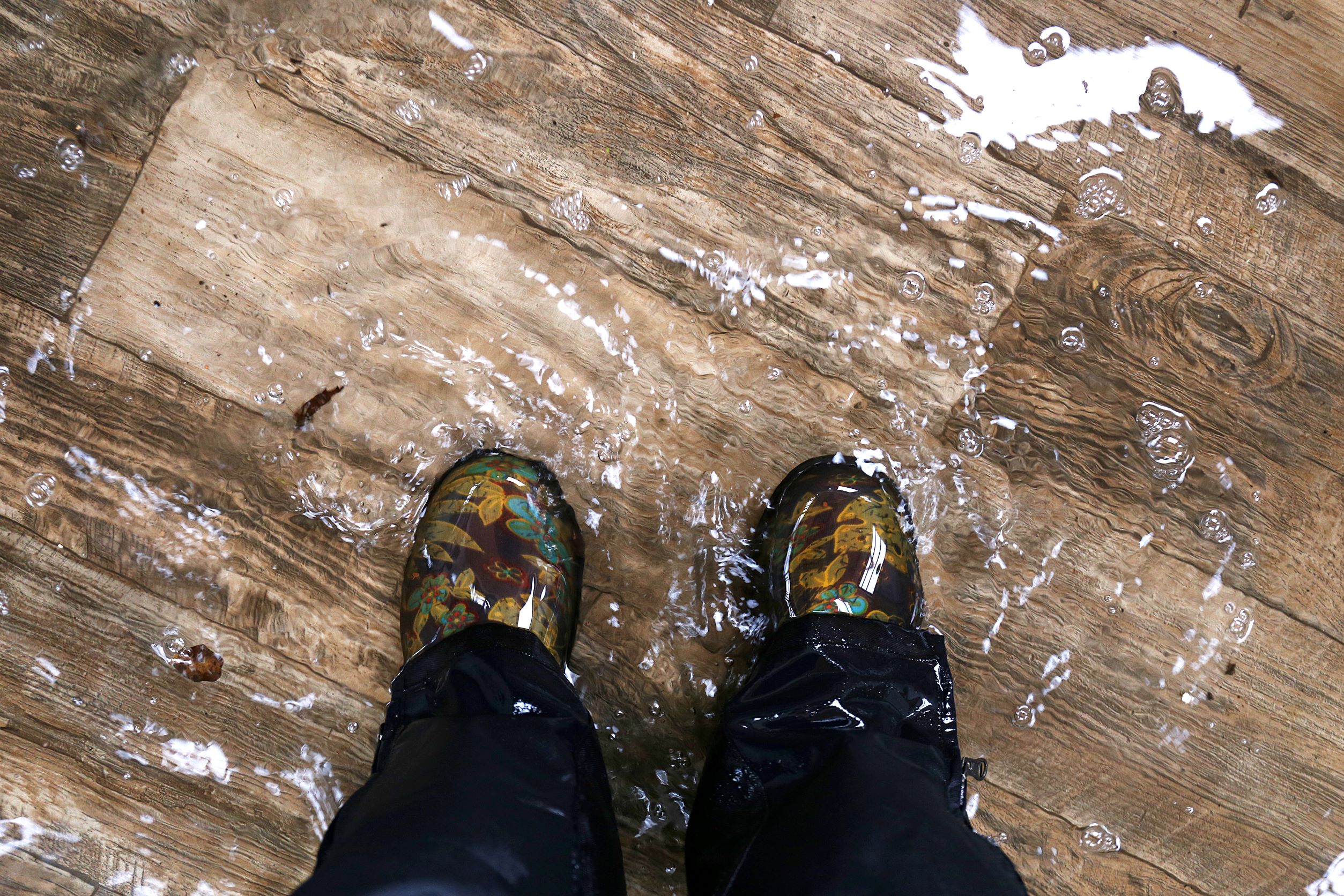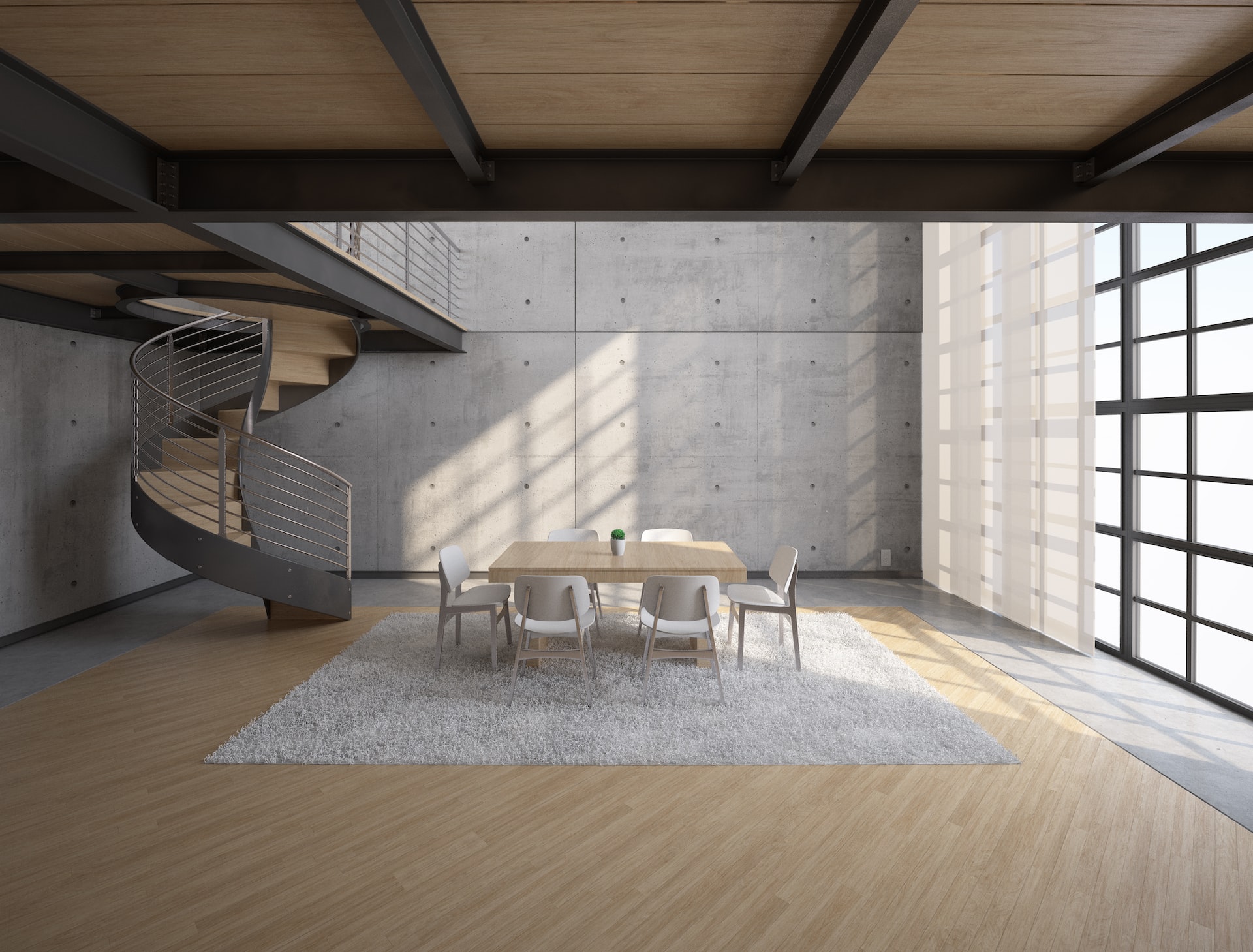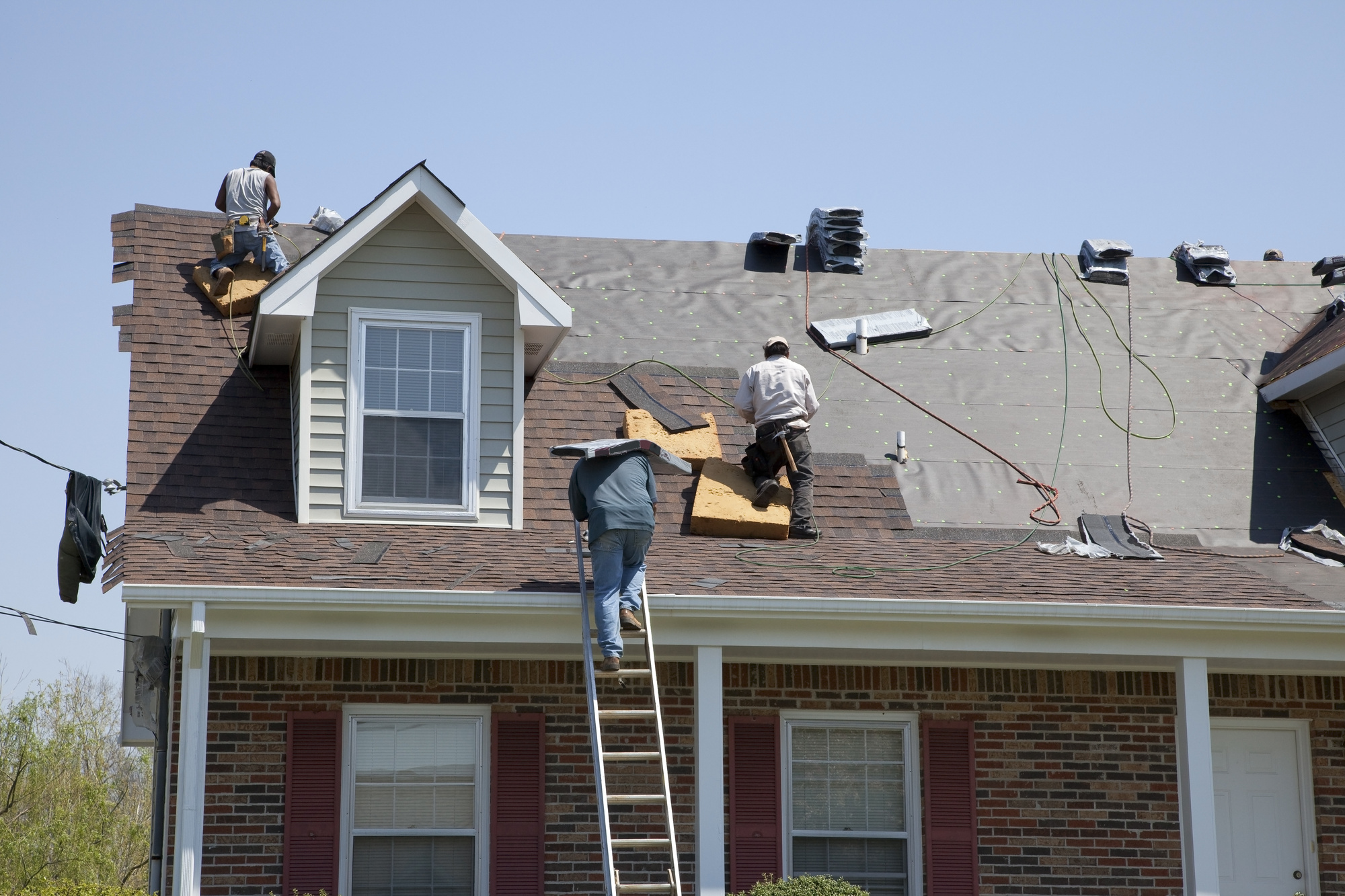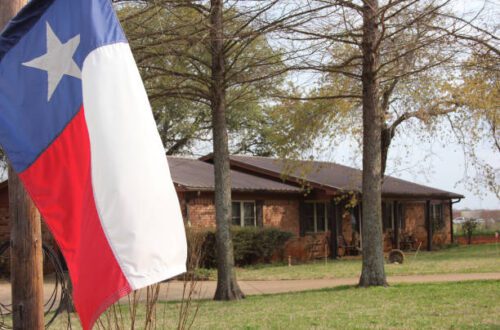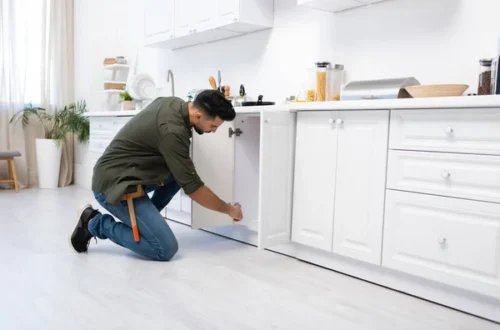A flood can cause significant damage to the construction material used to build your home. If the damage isn’t fixed quickly, it can be permanent. For instance, if your wood floors are affected by the flood, you’ll have to replace the entire flooring if you delay cleaning and drying them. Therefore, if your flooring is affected by floods, you must inform your insurance company and then reach out to water damage specialists to kickstart the drying process. However, if you have the right tools and want to handle the task yourself, below is a step-by-step guide to help you out.
1. Get The Required Tools And Equipment
To effectively dry wooden floors, you’ll need the following:
- Bucket or pump to remove excess water
- Microfiber mops
- Stiff scrub brush
- Dehumidifier
- Wet vacuum cleaner
- Light detergents
- Rubber gloves
- Fans
- Shovel
- Trash can
- Disinfecting cleaner
- Squeegee
- Personal protective equipment
Without some of these tools, drying your floor will be challenging. In that case, seeking help from a professional water restoration service will come in handy. A water damage specialist has the right tools and expertise to get the job done effectively. If you’re looking for a water specialist in Melbourne, you may want to read more here.
2. Remove Any Obstructions
Before kickstarting the drying process, remove all wet items and coverings from the floor and take them outside to dry to get as much access to the wood as possible. Remove all furniture, rugs, carpets, and mats. However, if they’ve gotten too soaked and can’t dry well, consider discarding them to prevent mold and mildew growth.
3. Remove Any Standing Water
Since you can’t drain water that has infiltrated into the wood, start by draining any visible water immediately to prevent further damage. You can use microfiber mops or a wet vacuum cleaner specifically designed to suck water. But if the flooding is severe, consider using buckets or a water pump. Avoid draining the water too quickly when using a water pump because too much water around your home can damage the foundation. Instead, drain the water in intervals or consider draining the water as far from the house as possible.
4. Remove Contaminated Mud
After sucking as much water as possible, use a shovel and a trash can to remove all the mud and debris that comes with flood water. But don’t throw the contaminated mud into your pathways or backyard; instead, dispose of it in your dumpster for proper disposal. After all, you wouldn’t want to make your front or backyard look filthy.
5. Scrub The Surface Thoroughly
After removing all the water and the contaminated mud, you’ll need to scrub the surface using a stiff brush, a non-abrasive wood cleaner, and plenty of water. These items help remove the excess mud and silt that’s trapped in the floor corners. Continue scrubbing until all the grease and other substances left by the flooded water are removed. After that, suck up the remaining water using mops or a wet and dry vacuum. Using the non-abrasive wood cleaner, repeat the cleaning process to ensure all substances are removed. Rinse with plenty of water again and suck up all the water with a wet vac and dry clothes.
If your wood floors are stained, use the following methods to remove them: For white stains, apply a thin layer of mineral oil using a soft cloth and repeat the process several times. If mineral oil is ineffective, use mineral spirits instead. For black stains, consider using sandpaper to rub off the stain, then apply several wood coats to match the original finish. However, if the black stains have deeply penetrated the wood, use chlorine bleach to lighten the stain.
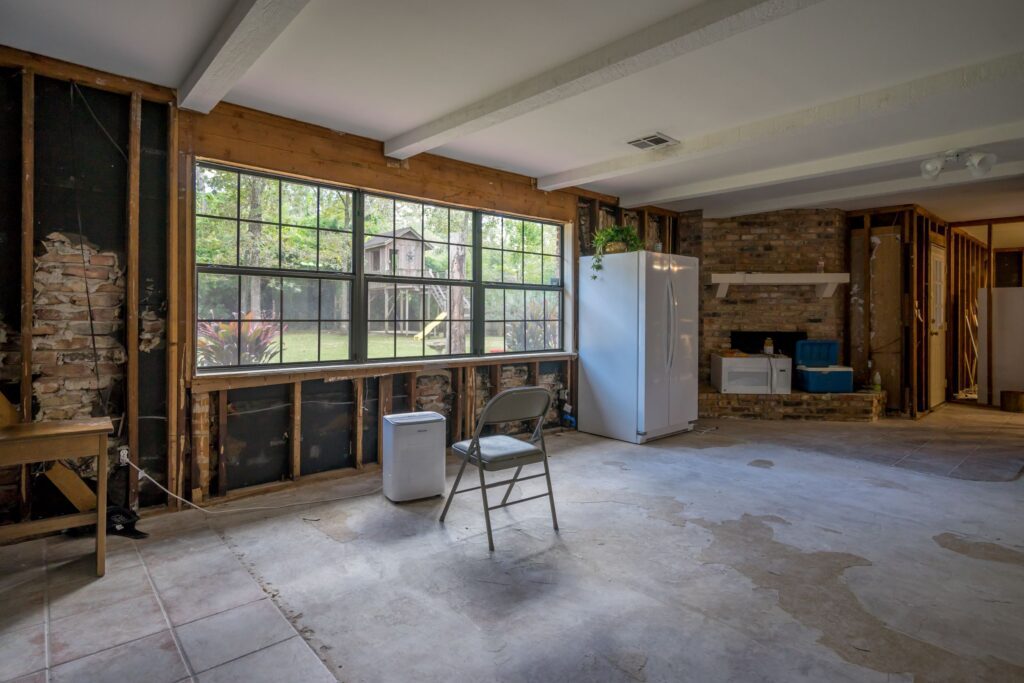
6. Remove A Few Boards To Allow Others To Expand
When wood floors get wet, they expand. Therefore, removing several boards allows the rest boards to expand without cracking or buckling and help the subfloor to dry out.
7. Allow Air Circulation Into The Room
After removing the boards, open your doors and windows to improve air circulation and enhance the drying process. However, this will only work if the outside air is less humid. You can also use large fans to enhance air circulation. This is the most reliable and recommended way to dry wooden floors. Consider using as many fans as possible and point them toward the damaged areas to speed up the drying process. Use desiccants like calcium chloride pellets to dry areas where air doesn’t circulate. Desiccants are materials that help absorb moisture from surfaces. Additionally, if moisture has seeped into the wood, consider using dehumidifiers to eliminate them.
8. Measure The Moisture Content
After following the above steps, measuring the moisture content on your wooden floors before covering the floor with rugs and carpets is essential. Use a moisture meter to determine if your wood floors are dry. If the moisture content is above 5%, be patient and let them dry before putting carpets or rugs back.
Conclusion
If your wood floors are affected by a flood, follow the above steps to bring them back to their original state. After finishing the drying process, it would be best to call a professional to thoroughly inspect the floors before you move back in.

